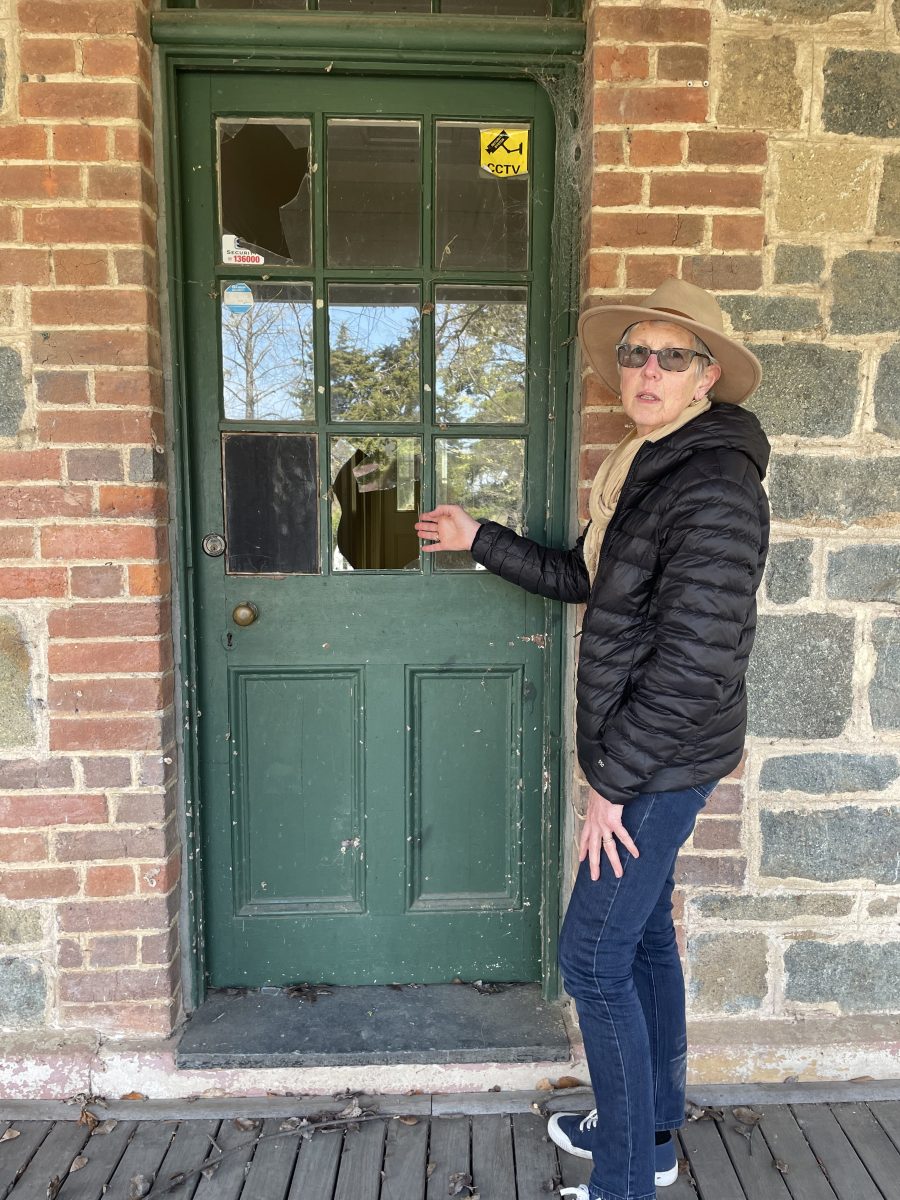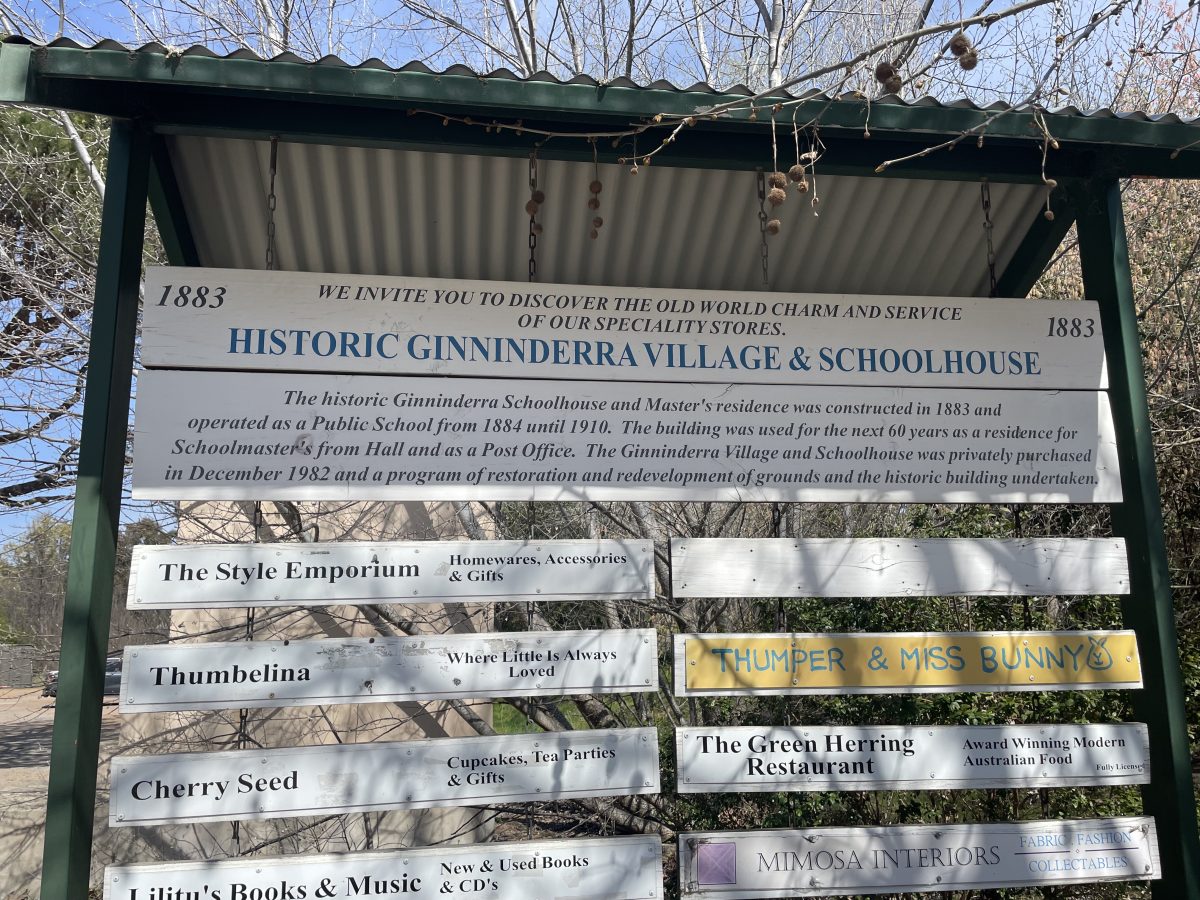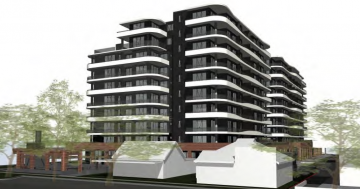
Joanne Toohey, an expert on bush teachers and schools, shows the vandalised Ginninderra schoolhouse last week. Photo: Sally Hopman.
One of Canberra’s most well-known heritage buildings, the old Ginninderra schoolhouse, is in danger of disappearing following an increase in vandalism.
The schoolhouse, which sits in the Ginninderra Village precinct, operated as a public school from 1884 until 1910. The site, which includes a school teacher’s house and other buildings, was turned into a commercial precinct with plans by its last owner, businessman Stan Waldren, to build a childcare centre there.
But with the onset of COVID and other issues, Mr Waldren believes he is now stuck between a rock and a hard place. He told Region he had since sold the site to a Chinese buyer.
“They paid a 10 per cent deposit but didn’t complete the sale.”
Mr Waldren said he was at his wits’ end because of the site’s mixture of heritage and non-heritage buildings, several laws regulating development in Canberra, the relatively isolated location and bureaucracy gone mad.
“Then the original police station across the road gets burned to the ground. The government has much to answer for when it comes to heritage.”
The school, which played an important role in our colonial history, was built in 1872 alongside a church on land donated by Ginninderra blacksmith Florence McAuliffe. A decade later, the church reclaimed the building and the school was forced to operate in a tent for two years.
The “new” school was built on two adjacent acres bought by George Harcourt in 1877.
Almost 150 years on, concerned members of the nearby Hall Heritage Centre recently flagged the schoolhouse’s condition and buildings’ steady deterioration.
Part of the white picket fence in front of the school has been ripped out, windows smashed and the roof is sagging with the weight of years of leaf litter.
Concern was also raised when one of the country’s leading experts on bush schools, Joanne Toohey, visited the Hall Heritage Centre last week. Specialising in and writing about our early female teachers, Ms Toohey was keen to see the Ginninderra school when told about its predicament.
“It’s so sad to see what it has come to,” she said. “Schoolhouses like this were such an important part of our history.”

Many of the businesses around the Ginninderra schoolhouse are now empty or operating on reduced opening hours. Photo: Sally Hopman.
Looking through the shattered windows, there’s not much to see but a lot of cobwebs and a few bits of old furniture.
“Every school you see is different,” Ms Toohey said. “They all have stories to tell, there must be something that can be done here to preserve this. It is too important to lose.”
The area once thrived. The nearby Green Herring restaurant drew regular crowds and the adjacent shops, designed to cash in on the heritage side of the precinct, did well. Even the business group offices tried to keep with the historic nature, their buildings designed to fit into the general colonial-style environment.
But after COVID and the closure of the restaurant and several adjacent buildings, the site is bordering on derelict with many doors closed permanently or boarded up.
Mr Waldren said he had spoken to police about the problem and hoped there would be more patrols in the area.
With their passion for local history, volunteers at the Hall Heritage Centre are also keeping a close eye on the site. They have also called for official action to be taken to save the historic area.




















